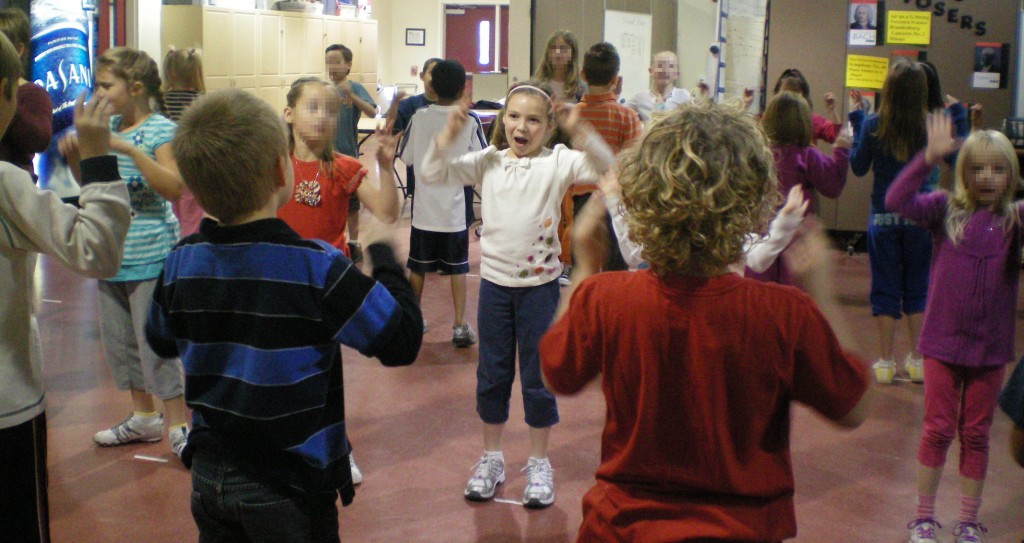In my last post, the physical needs of the lower elementary child (6 – 9 years) were discussed, both in terms of what they are and how they can be met in the classroom. Now let’s take a look at what the elementary child’s social needs include. At this stage of development, children are moving from doing things individually to working in pairs or groups with their peers.
Social needs of the Lower Elementary child:
Identifying one’s role in a group of peers. Children can have their needs met by self-selecting groups, from pairs to small groups, and larger groups.
I’ve seen children decide to work in pairs often in the classroom. Some times these pairs last just a day, while some may last for the entire year or beyond. I have observed on more that one occasion that there is often a leader and a follower in these pairings, and the roles often stay consistent even as the pair moves from the classroom to the playground to after-school activities.
A fun example of children selecting to be part of a larger group comes from an observation during recess time. One day a group of children decided to created a circus. The leader of the group announced the various roles that were needed including monkey bar performers, lions, dancers, etc. and asked for volunteers. Each child who wanted to participate raised her hand and took on her role. Each day for about a week during recess, the children would practice their assigned roles, which led to a performance during recess time that Friday.
Being part of different groups. This need can easily be met just by the nature of the Lower Elementary Montessori classroom day. Assuming that the following groups are including various children (with the exception of the whole group, for obvious reasons), participating in lessons as part of a small group, a whole group, one-on-one with the teacher, or one-on-one with another child all provide different social experiences.
In the classroom, employing a variety of groups for various lessons fulfills the child’s need with no extra effort. Having small groups for cultural lessons, whole group for morning meeting and brain gym, one-one-one or paired lessons for math, or having an older child teach a lesson to a younger child all facilitate meeting this need.
Experiencing with the world beyond the classroom. The clearest method for fulfilling this is with the use of field trips, either near school or farther out in the community. Simple trips to the local park for picnics are always enjoyed, as well as exploring opportunities to support our cultural studies, such as art exhibits, local gardens, or a natural history museum.
Having role models. Having a multi-age classroom lends itself well to providing role models for the younger children. Giving older students the opportunity to mentor younger children, provide demonstrations or lessons as appropriate, are a win-win because they allow younger children to watch older ones while also developing leadership skills in those that are older.
Teachers are also keenly aware that their actions are observed as to what proper behavior is within the classroom. Making sure to walk slowly, use a quiet voice, and pushing in the chair after standing are all actions that speak louder than words to children.
There are many ways that children develop socially at this stage. Providing opportunities for various groups, seeing life outside the classroom, and providing mentors to look up to all aid with the development of the social needs of the child.

